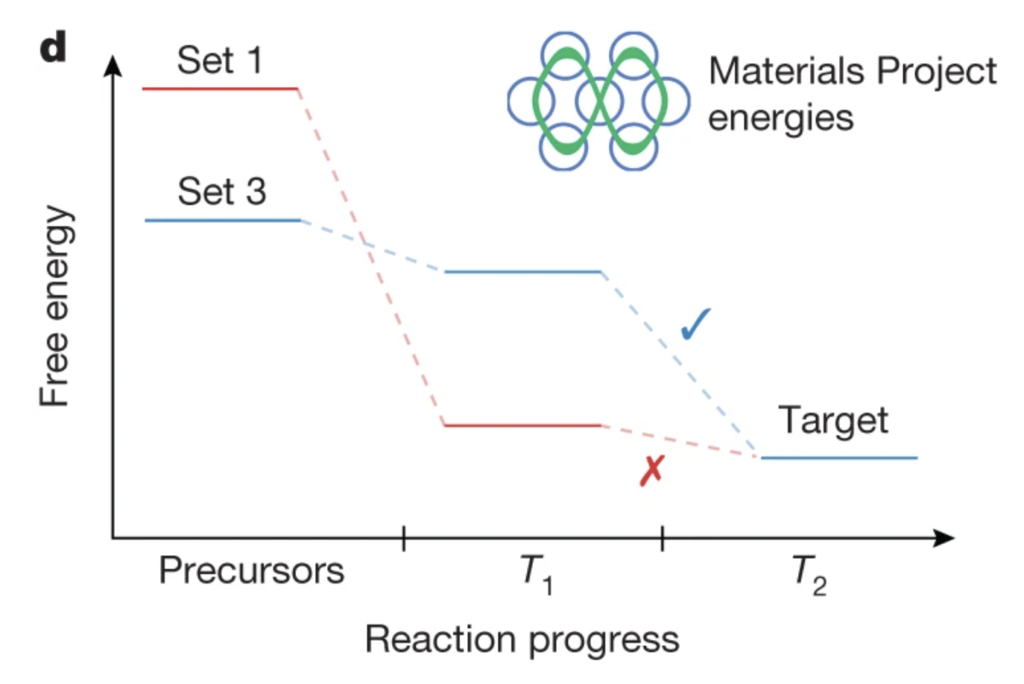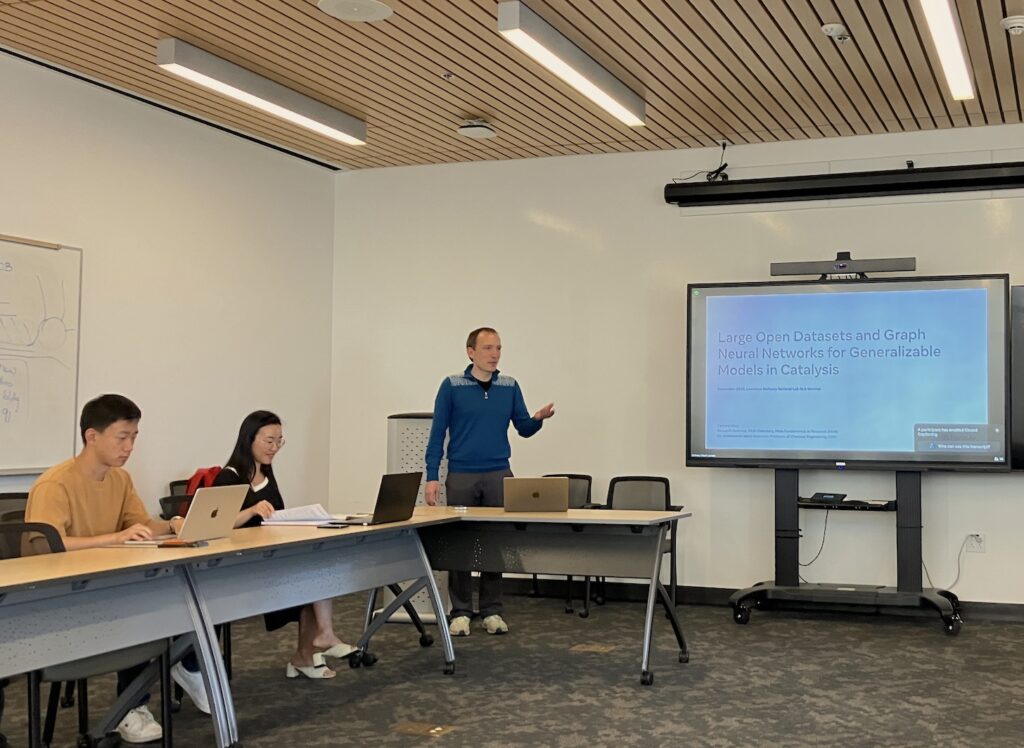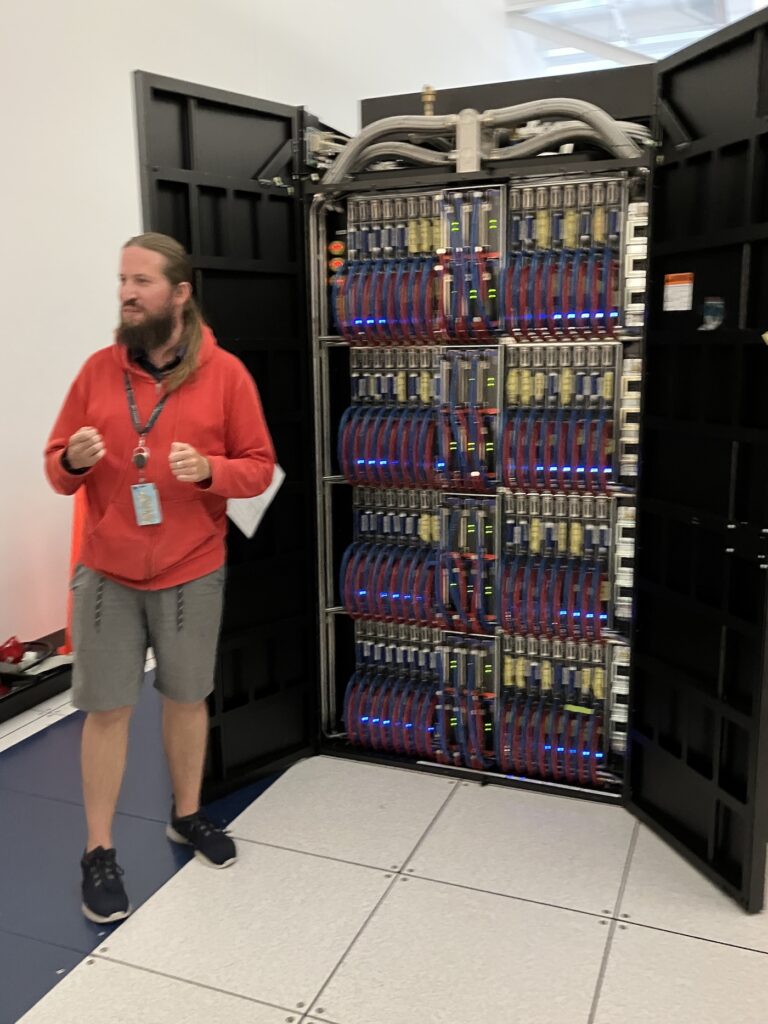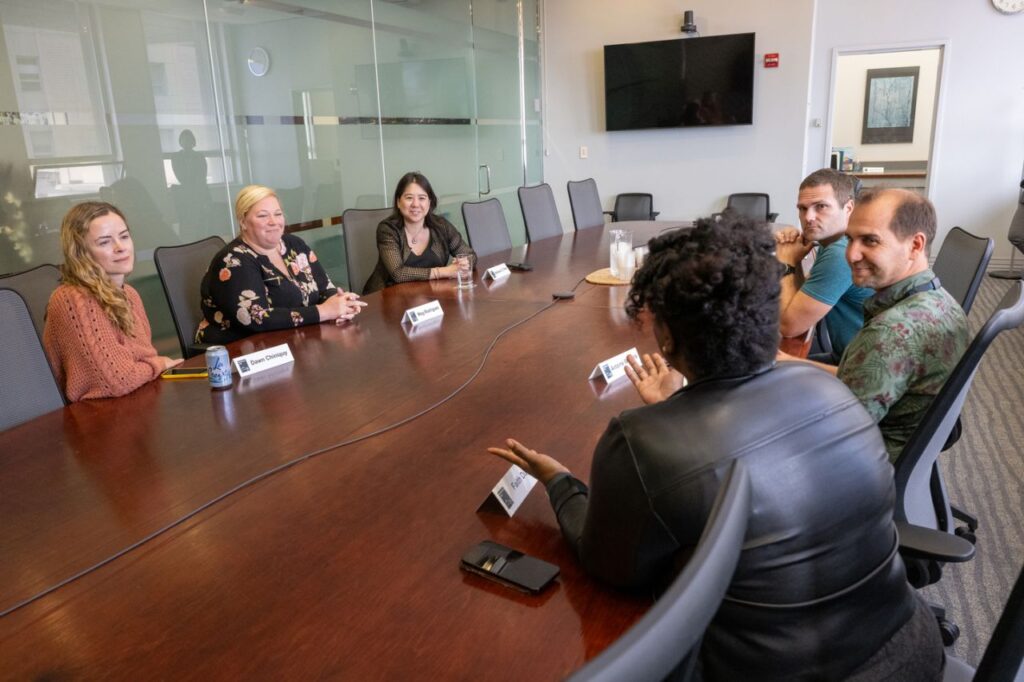I am a native French speaker, and I have always been confused by the ubiquity of English, language which is actually quite difficult to speak (why is tough, though, thought and enough so different?) And I was also puzzled the difference between liberty and freedom – no one could ever explain me the difference, even though “Freedom” is probable the most overused concept in American society (French has “Liberté” in its national motto, but is has nothing to do with “free” as in “free sample.”)
Finally, I found an interesting explanation by
Jorge Luis Borges, who sees this as a feature, not a bug:
I have done most of my reading in English. I find English a far finer language than Spanish.
Firstly, English is both a Germanic and a Latin language. Those two registers—for any idea you take, you have two words. Those words will not mean exactly the same. For example if I say “regal” that is not exactly the same thing as saying “kingly.” Or if I say “fraternal” that is not the same as saying “brotherly.” Or “dark” and “obscure.” Those words are different. It would make all the difference—speaking for example—the Holy Spirit, it would make all the difference in the world in a poem if I wrote about the Holy Spirit or I wrote the Holy Ghost, since “ghost” is a fine, dark Saxon word, but “spirit” is a light Latin word. Then there is another reason.
The reason is that I think that, of all languages, English is the most physical of all languages. You can, for example, say “He loomed over.” You can’t very well say that in Spanish.
And then you have, in English, you can do almost anything with verbs and prepositions. For example, to “laugh off,” to “dream away.” Those things can’t be said in Spanish. To “live down” something, to “live up to” something—you can’t say those things in Spanish. They can’t be said. Or really in any Roman language.
(thanks Jordan Poss for the transcription!)
I really enjoy this notion of physicality – onomatopoeia are a vibrant part of the language: whisper, gulp, slam, rumble, slushy, etc.
Whereof one cannot speak, thereof one must be silent.








